How to Reawaken Your Imagination with Melissa Llarena: Podcast Episode #208
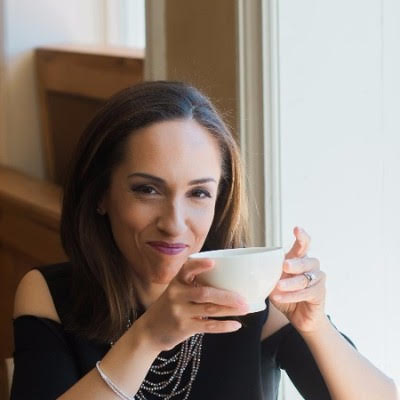
Kristin Revere chats with Melissa Llarena, author of Fertile Imagination: A Guide to Stretching Every Mom’s Superpower for Maximum Impact about how to reawaken your imagination! Ask The Doulas Podcast · How to Reawaken Your Imagination with Melissa Llarena This is Kristin with Ask the Doulas, and I am so excited to chat with Melissa […]
The Importance of Giving Back with Dr. Annie Bishop: Podcast Episode #202
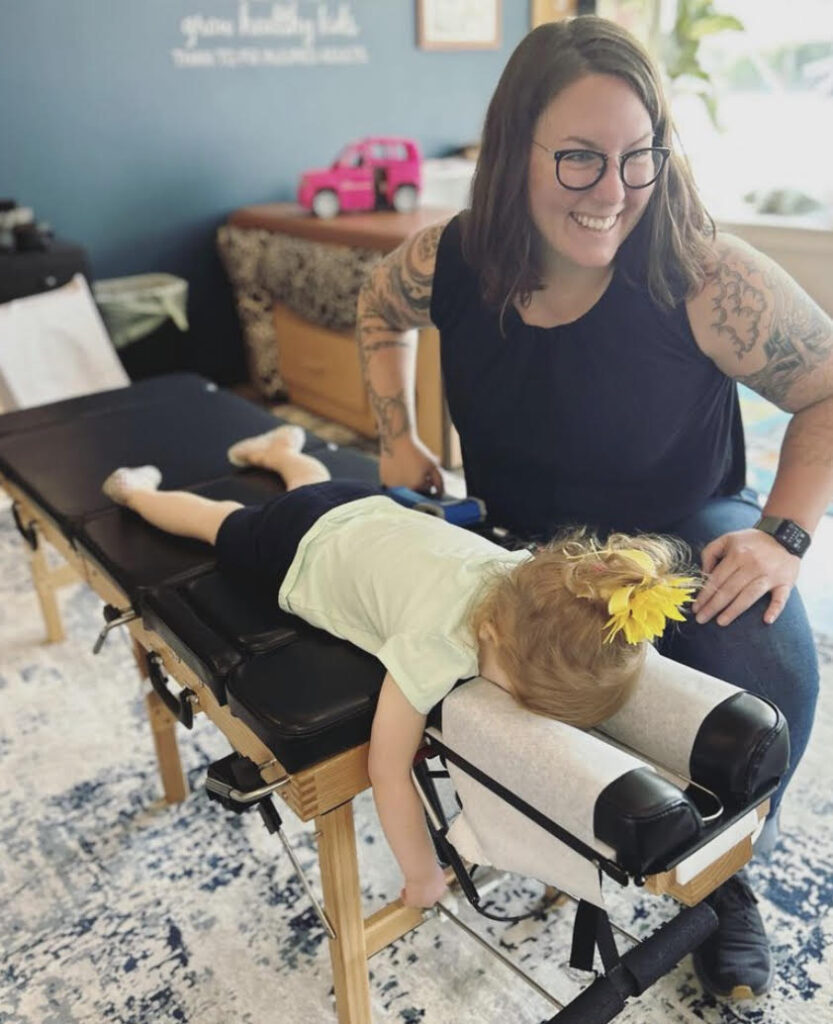
Kristin Revere chats with Dr. Annie Bishop of Rise Wellness Chiropractic about the importance of giving back. You can listen to this complete podcast episode on iTunes, SoundCloud, or wherever you find your podcasts. Welcome. You’re listening to Ask the Doulas, a podcast where we talk to experts from all over the country about topics […]
How to Prep for Infant Feeding with Victoria Facelli: Podcast Episode #201
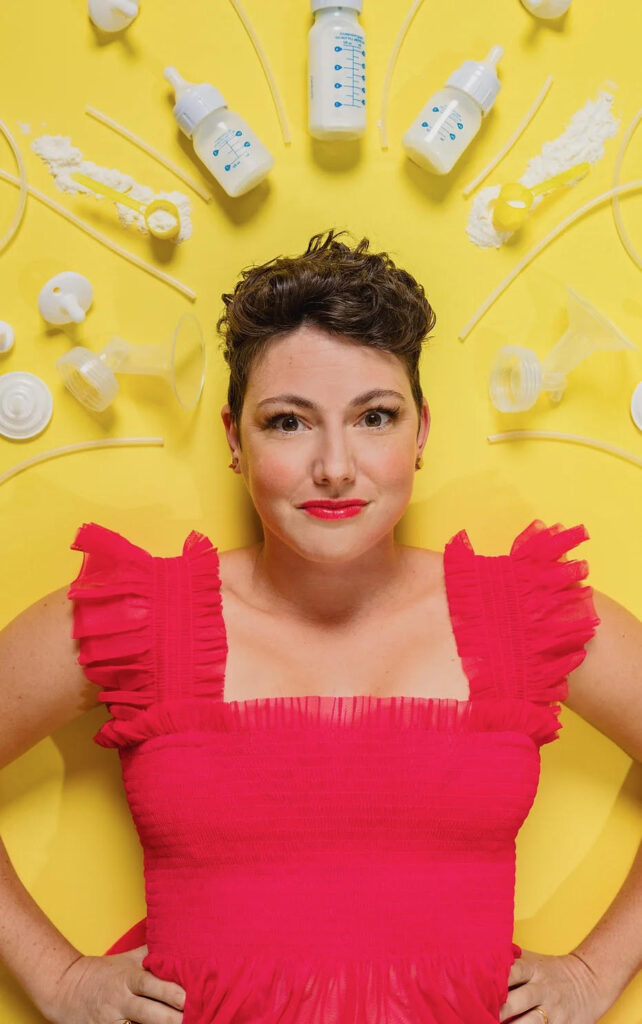
Kristin Revere chats with Victoria Facelli IBCLC, author of Feed the Baby: An Inclusive Guide to Nursing, Bottle-Feeding and Everything in Between about the best ways to prep for infant feeding. Victoria has so many resources to help you! You can listen to this complete podcast episode on iTunes, SoundCloud, or wherever you find your […]
How to Create a Low Emissions Nursery for Your Baby

If you are expecting a baby or have a newborn at home, you may be wondering how to create a safe and healthy environment for them. One of the aspects that you may not have considered is the level of emissions in your baby’s nursery. Emissions are the invisible waves of energy that are emitted […]
Fair Play with Rachel Meakins: Podcast Episode #194
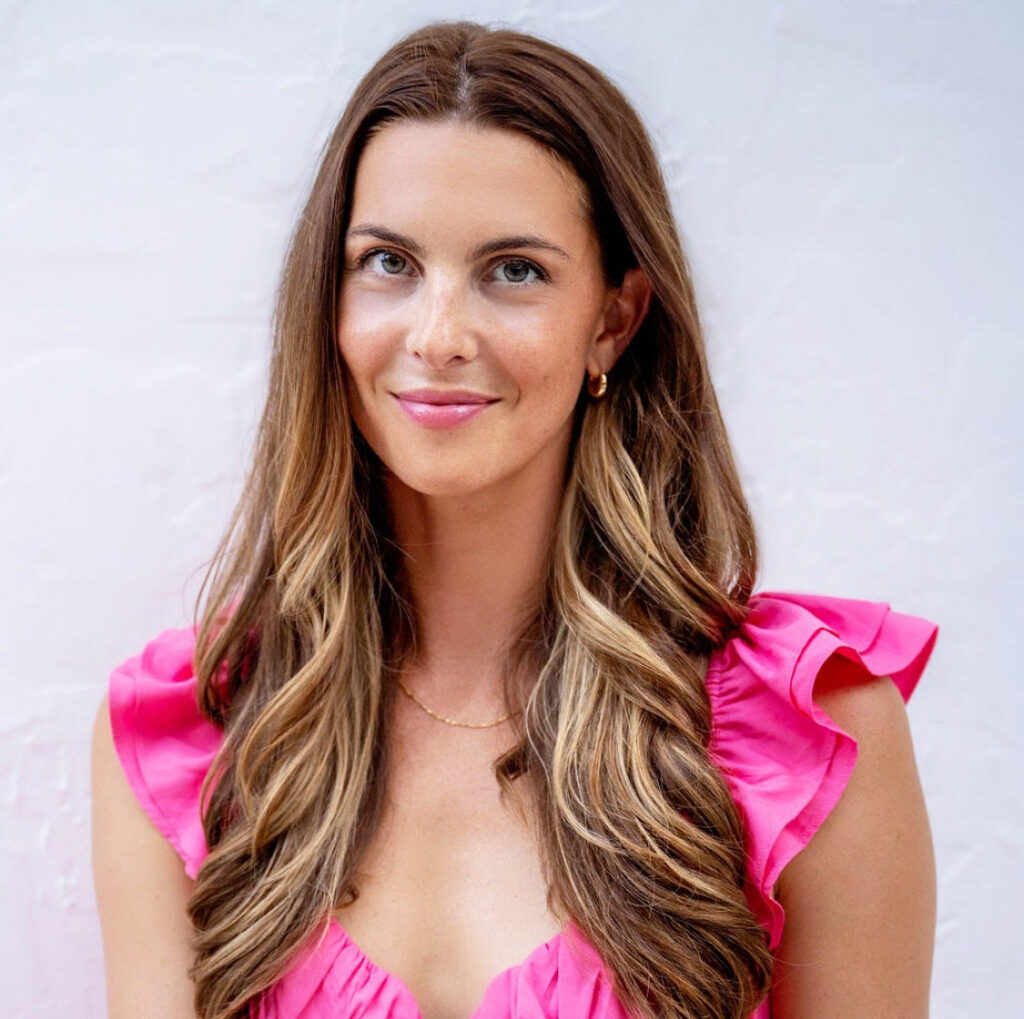
Kristin chats with Rachel Meakins from Zenbari about navigating household responsibilities using fair play. You can listen to this complete podcast episode on iTunes, SoundCloud, or wherever you find your podcasts. Ask The Doulas Podcast · Navigating Household Responsibilities using Fair Play with Rachel Meakins Welcome. You’re listening to Ask the Doulas, a podcast where […]
The Impact of the Infant Microbiome on Health: Podcast Episode #192

Kristin Revere chats with Dr. Payal Adhikari of Infinant Health and the impact of infant microbiome on health. You can listen to this complete podcast episode on iTunes, SoundCloud, or wherever you find your podcasts. Ask The Doulas Podcast · The Impact of Infant Microbiome on Health with Dr. Payal Adhikari of Infinant Health Welcome. […]
Finding Your Footing in Early Parenthood
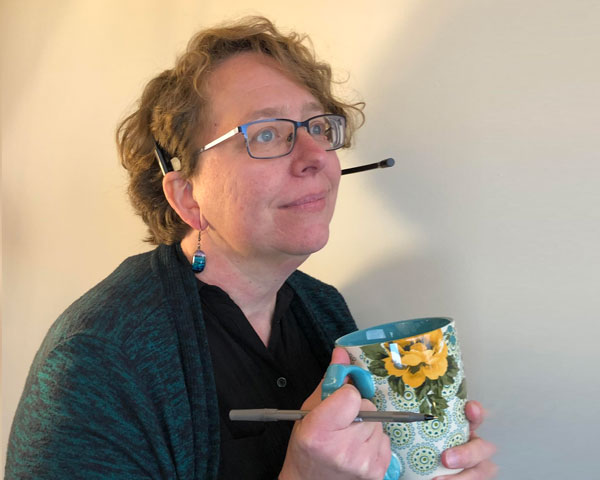
Deb Porter, Owner of HOLD Hearing Out Life Drama, helps individuals improve their communication by teaching active listening skills resulting in positive outcomes. Deb also provides a safe, non-judgmental space so that those who use HOLD’s confidential listening service gain clarity and find relief from overwhelming situations. When Reality Doesn’t Match Expectations: You’ve dreamed of […]
Grandparents as Caregivers: Podcast Episode #186
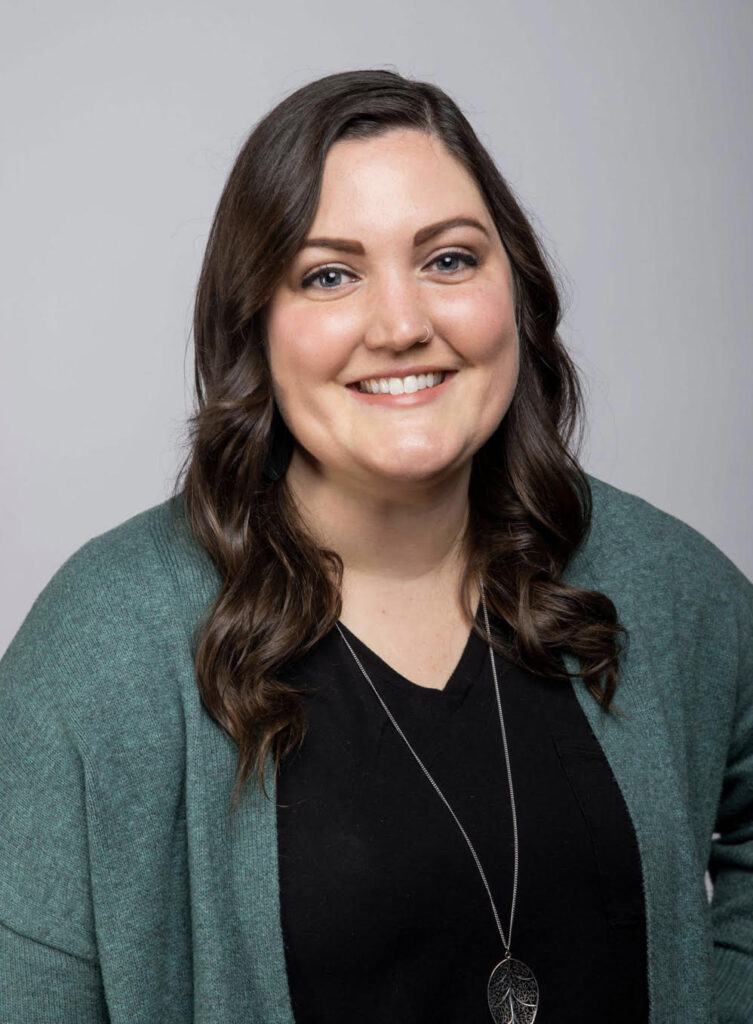
Kristin chats with Kristin Morter of Gold Coast Doulas about the important role grandparents play as caregivers and how they should prepare themselves for taking care of a new little one. You can listen to this complete podcast episode on iTunes, SoundCloud, or wherever you find your podcasts. Ask The Doulas Podcast · Grandparents as […]
Finding the Perfect Childcare Option: Podcast Episode #185
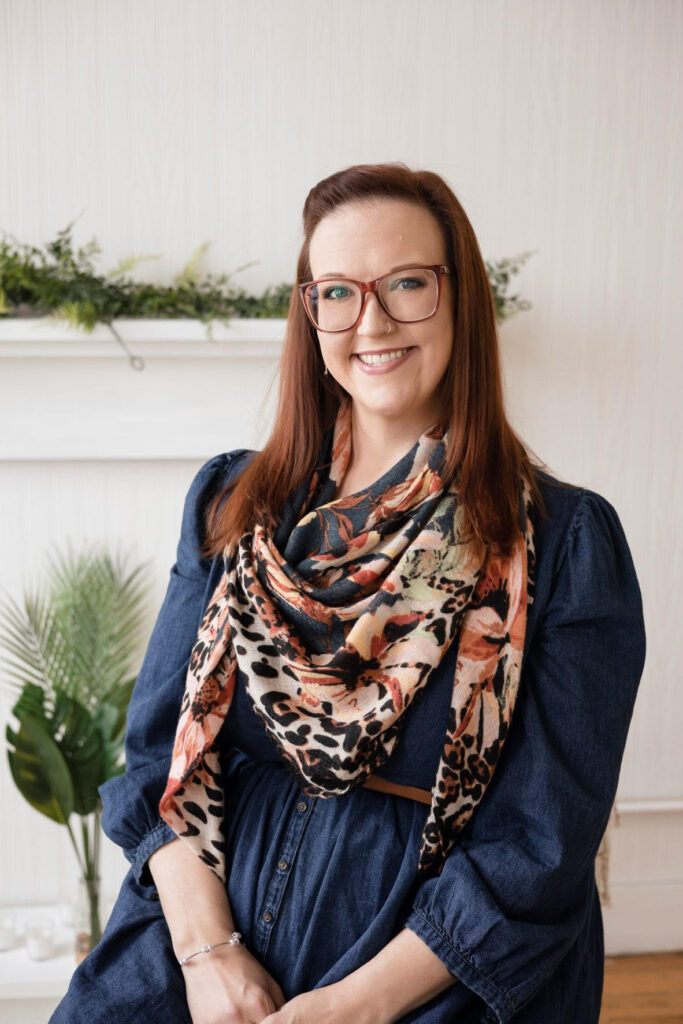
Kristin and Jaynie Fawley of Michigan Nanny Solutions chat about childcare options and finding the perfect nanny. You can listen to this complete podcast episode on iTunes, SoundCloud, or wherever you find your podcasts. Ask The Doulas Podcast · Finding the Perfect Childcare Option with Jaynie Fawley of Michigan Nanny Authority Welcome. You’re listening to […]
Breastfeeding and Infant Gut Health 101

Payal Adhikari, M.D. is a pediatrician and Clinical Implementation Director for Infinant Health. She grew up in the Chicago suburbs and lived in Singapore prior to settling in Chicago with her husband and two kids. She encourages her patients to have fun with parenting and believes in the power of the microbiome to influence positive […]
Informed Pregnancy with Dr. Berlin: Podcast Episode #178

Kristin chats with Dr. Berlin about the Informed Pregnancy Project. The Project aims to utilize multiple forms of media to compile and deliver unbiased information about pregnancy and childbirth to empower new and expectant parents to make informed choices regarding their pregnancy and parenting journey. You can listen to this complete podcast episode on iTunes, […]
The Power of Distraction

We often think of distractions as negative. We may get distracted by all the to-dos on our list, and it’s hard to stay focused on work or give our full attention to someone. Our kids may get distracted while getting dressed, or for older kids maybe it’s while doing homework. But let’s reframe distractions. They […]
The Role of Caregiver for New and Expectant Moms: Podcast Episode #175

Kristin chats with Bre Boysel of Cariloop about the role of caregiver for new and expecting moms. You can listen to this complete podcast episode on iTunes, SoundCloud, or wherever you find your podcasts. Ask The Doulas Podcast · The Role of Caregiver for New and Expecting Moms Welcome. You’re listening to Ask the Doulas, […]
Navigating Parental Leave: Podcast Episode #173
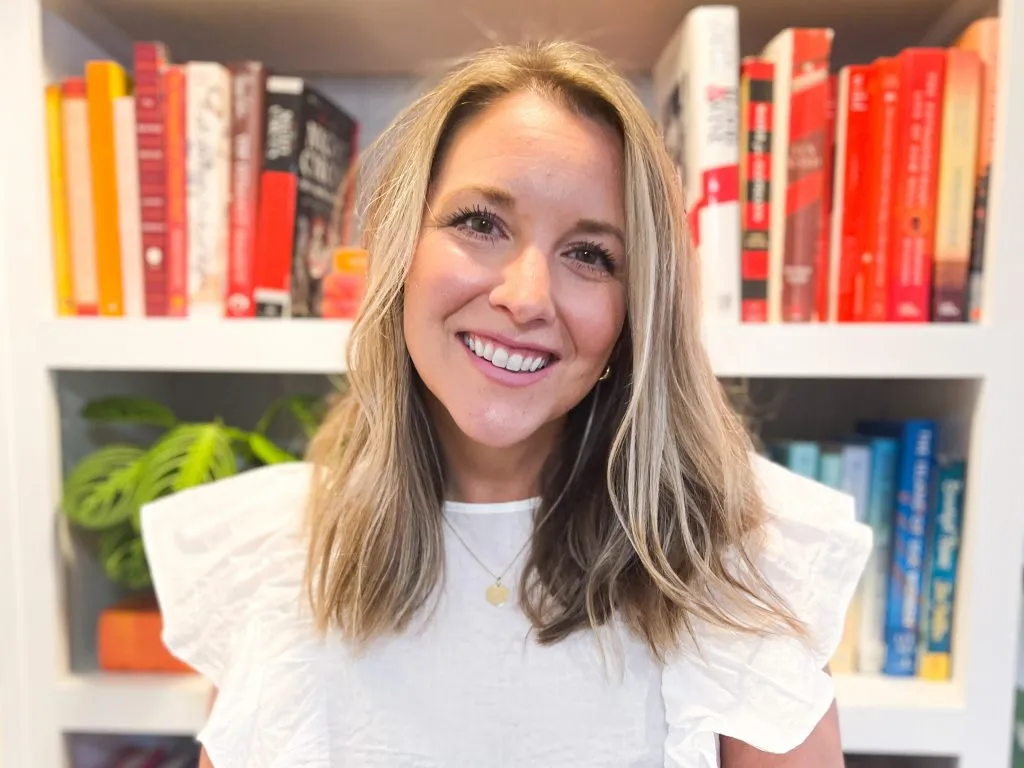
Kristin discusses the ins and outs of navigating parental leave with Linzay Davis, Founder of The Park. You can listen to this complete podcast episode on iTunes, SoundCloud, or wherever you find your podcasts. Ask The Doulas Podcast · Navigating Parental Leave Welcome. You’re listening to Ask the Doulas, a podcast where we talk to […]
Navigating Life After Loss: Podcast Episode #171
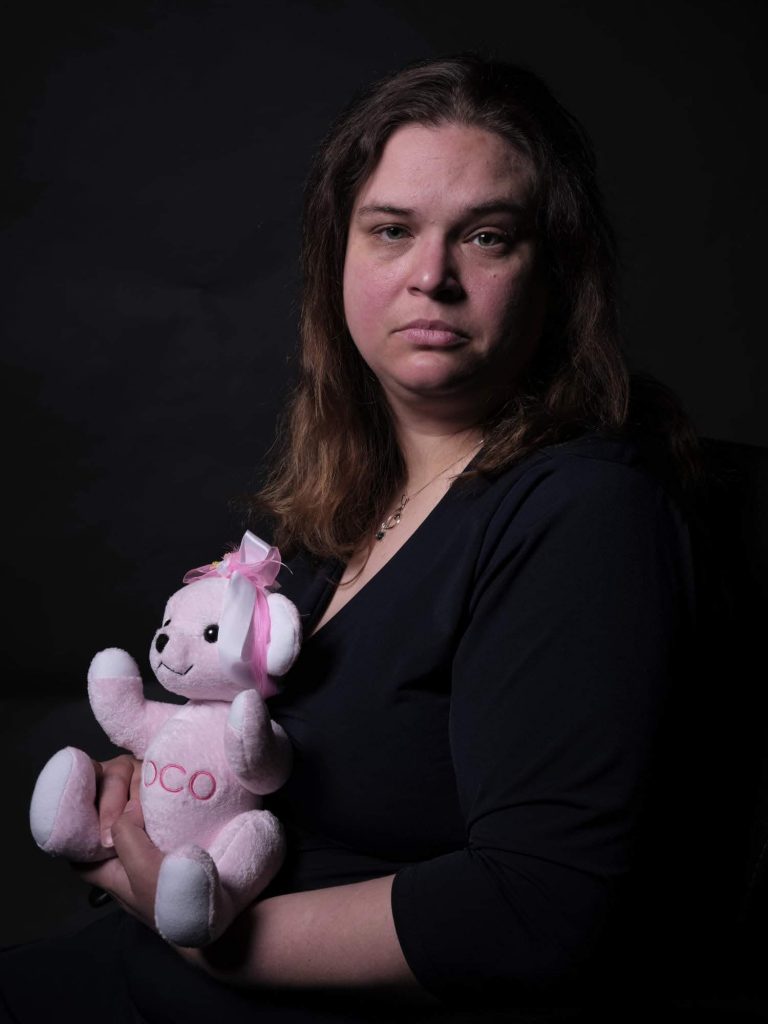
Kristin chats with Michelle Valiukenas from the Colette Louise Tisdahl Foundation about navigating life after loss. You can listen to this complete podcast episode on iTunes, SoundCloud, or wherever you find your podcasts. Ask The Doulas Podcast · Navigating Life After Loss Welcome. You’re listening to Ask the Doulas, a podcast where we talk to […]
Connection and Compassion Are Key
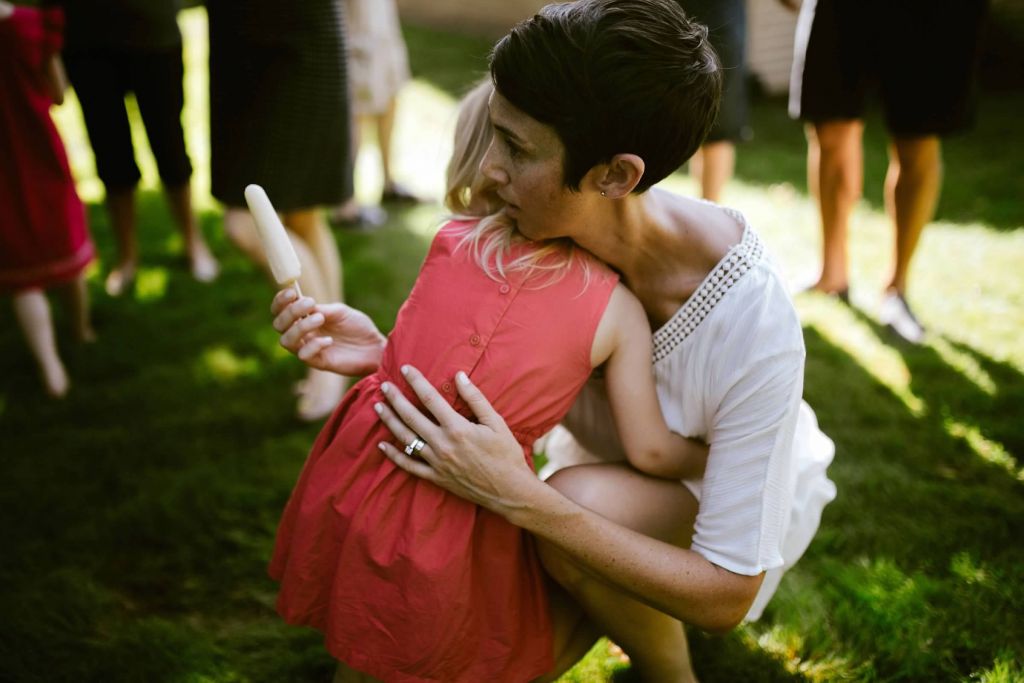
I’ve said it a lot; there is no one-size-fits-all solution to sleep, but this applies to parenting in general as well. Many parents will read about certain techniques, and even follow specific scripts with older children, but if they don’t work, parents feel like they have failed or there is something wrong with their kid. […]
Sign Language for Newborns, Infants, and Toddlers: Podcast Episode #163
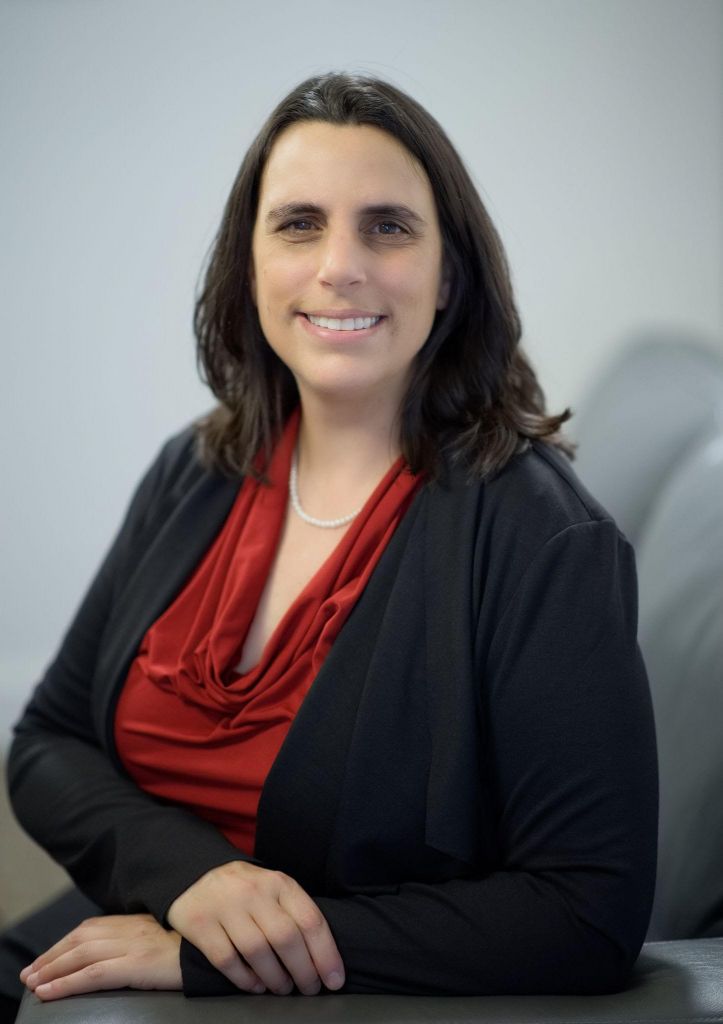
We talk with Cara Tyrrell about using sign language with newborns, infants, and toddlers. You can listen to this complete podcast episode on iTunes, SoundCloud, or wherever you find your podcasts. Be sure to listen to find out how to get a free download on the benefits of ASL for your little ones! Welcome. You’re […]
Potty Training with Christine Brown: Episode #158
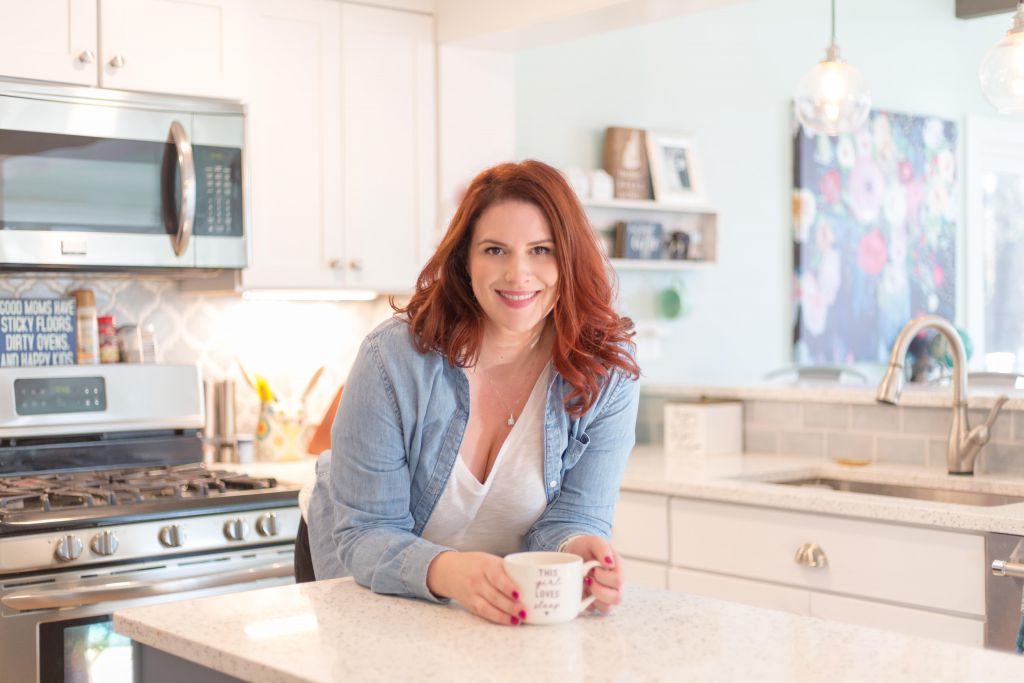
Kristin and Christine Brown, owner of Bella Luna Family, discuss top potty training tips and infant sleep. Welcome. You’re listening to Ask the Doulas, a podcast where we talk to experts from all over the country about topics related to pregnancy, birth, postpartum, and early parenting. Let’s chat! Kristin: Hello, hello. This is Kristin with […]
Simplifying Motherhood: Podcast Episode #157
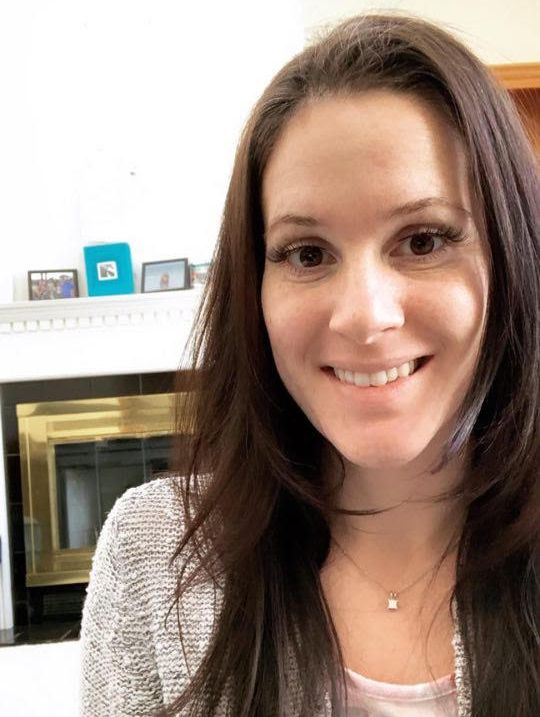
Krista Lockwood, founder of Motherhood Simplified, shares her top decluttering tips for new moms to prep for the arrival of a new baby. You can listen to this complete podcast episode on iTunes, SoundCloud, or anywhere you find your podcasts. Welcome. You’re listening to Ask the Doulas, a podcast where we talk to experts from […]
Transitioning Back To Work: Podcast Episode #154

Sasha Morozov of Sasha x Home shares top tips for transitioning back to work after having a baby. You can listen to this complete podcast episode on iTunes, SoundCloud, or wherever you find your podcasts. Welcome. You’re listening to Ask the Doulas, a podcast where we talk to experts from all over the country about […]
Pregnancy Loss
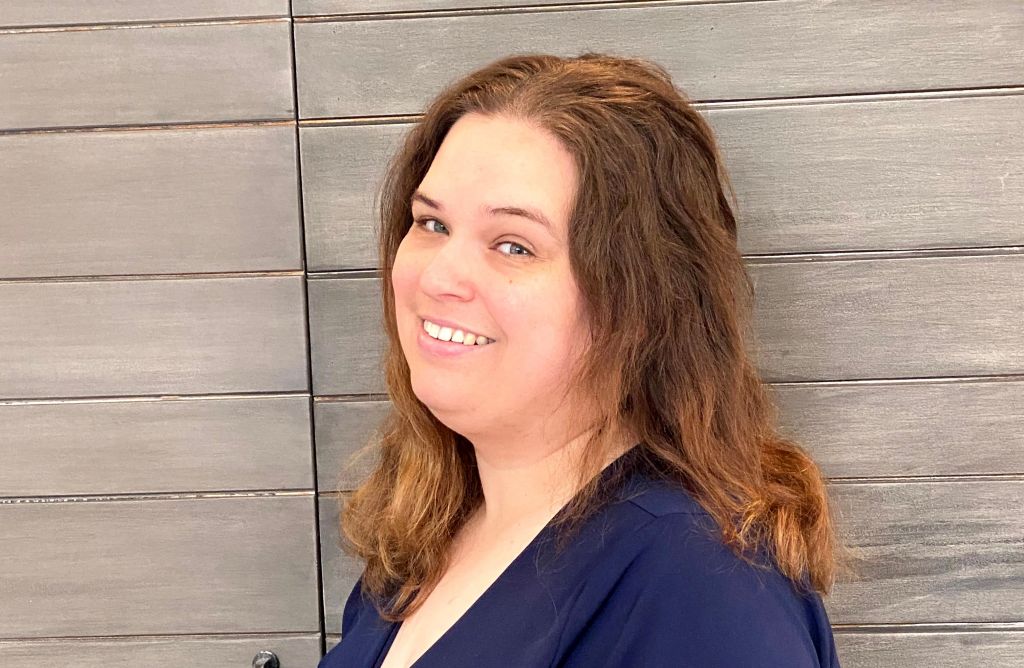
Remember the story of Pandora’s Box? In Greek mythology, the story goes something like this: Pandora, told she could not open the lid of a box given to her or her husband from Zeus, finally lets curiosity get the best of her and opens the box. Immediately, out comes all the troubles that humanity would […]
Autumn To-Do: 5 Ways to Optimize Finances

Summertime is drawing to a quick close! As we ease back into the school year, gear up for holiday seasons, and bid adieu to 2022, the following are some tips that our wealth management clients have found valuable to incorporate. It may feel like spare moments are dwindling in the final weeks of summer, but […]
How to raise perfectly imperfect kids with Lisa Sugarman: Podcast Episode #152
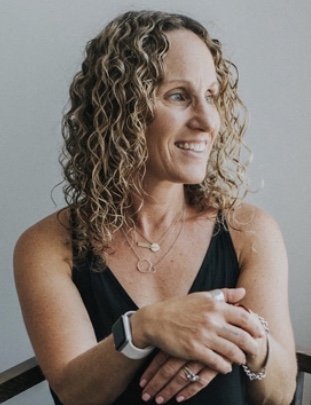
Lisa Sugarman, author of How To Raise Perfectly Imperfect Kids, discusses positive parenting and balance with Kristin. You can listen to this complete podcast episode on iTunes, SoundCloud, or wherever you find your podcasts. Welcome. You’re listening to Ask the Doulas, a podcast where we talk to experts from all over the country about topics […]
Perfectionism in Parenting

Growing up, many of us were taught to do as we were told, don’t disrupt the norm, and don’t disappoint others. This leads to a perfectionist mindset where we can never do anything right or never be good enough. There will always be someone who is let down, disagrees, or finds something unacceptable. Even if […]
